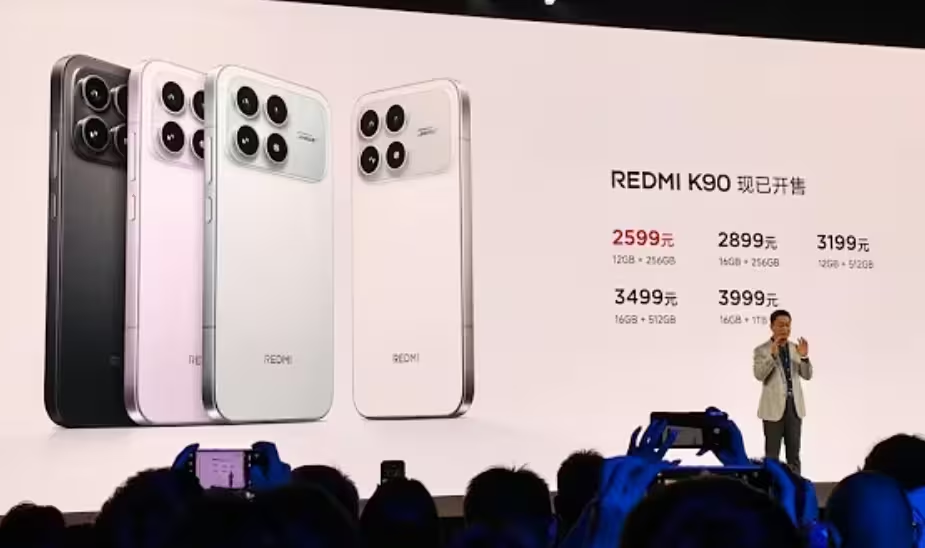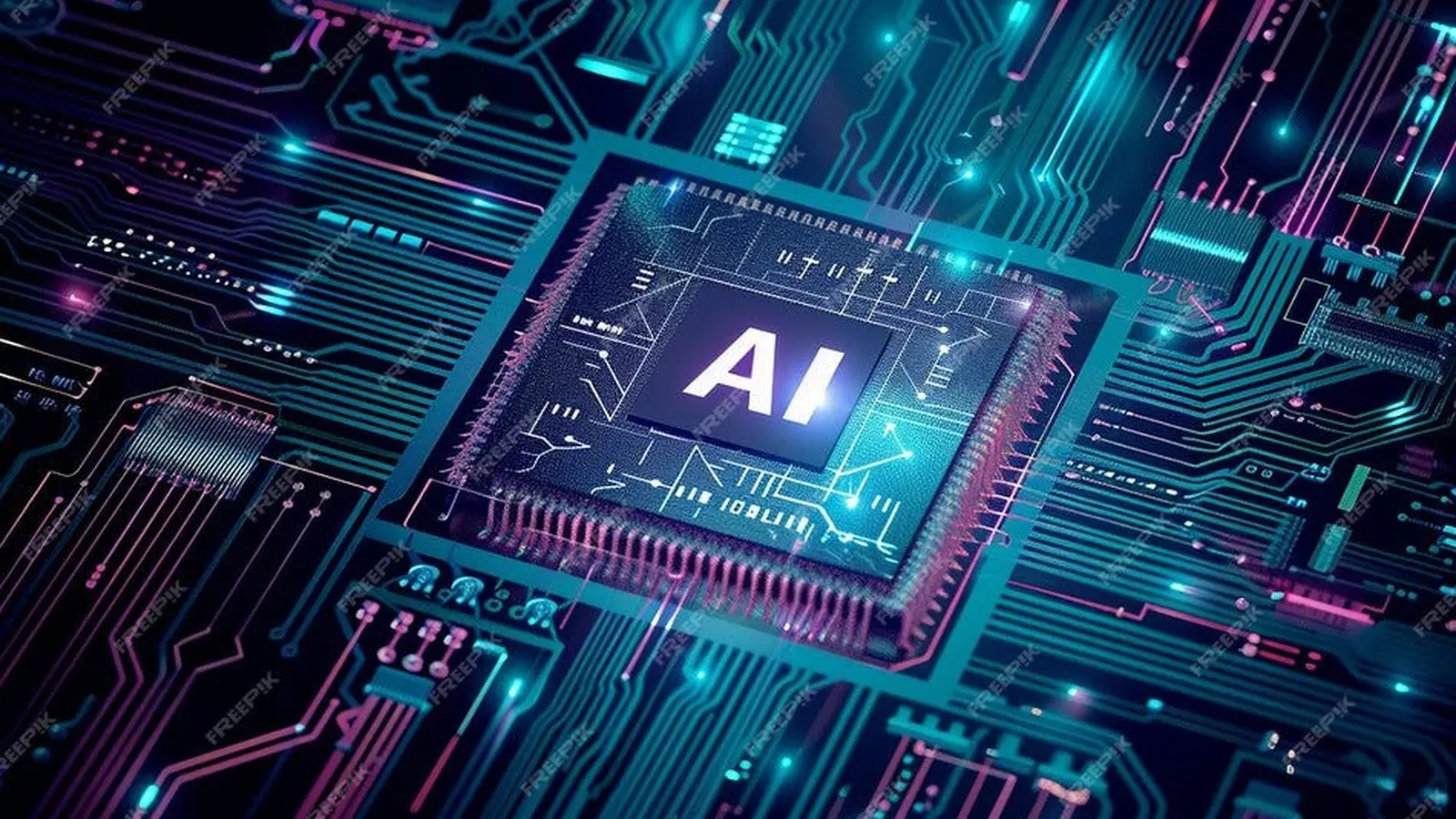3 Minutes
If you’ve been waiting for a new phone, the window to buy at today’s prices may be closing. A growing global shortage of high-bandwidth memory used in AI servers is driving up component costs, and smartphone makers are starting to pass those increases to consumers.
AI demand fuels a high-bandwidth memory squeeze
The core of the problem is high-bandwidth memory (HBM) — the ultra-fast RAM found in AI training and inference servers powering tools like ChatGPT, Gemini and Copilot. As companies scale up AI deployments, demand for HBM has exploded while manufacturing capacity hasn’t kept pace. Industry reports say memory prices have climbed by more than 50% this year, creating ripple effects beyond data centers and into everyday gadgets.
Phone makers feel the pinch — even those that build chips
Samsung, a major supplier and maker of DRAM and NAND, is reportedly planning price increases across its upcoming phone and tablet lines to offset rising memory costs. Even vertically integrated firms aren’t immune — global supply pressure and rising spot-market prices hit margins and force adjustments.

Some brands have already moved. Xiaomi’s new Redmi K90 debuted at 2,599 CNY for the 12GB + 256GB model — about 100 CNY higher than its predecessor with the same configuration. That small step up hints at broader hikes coming to other models and markets.
How much more will buyers pay?
Expect mid-range to flagship devices to creep up by roughly $50–$100, depending on configuration and region. Exact figures will vary by model and manufacturer, but the trend is clear: memory-driven cost increases are becoming visible on retail price tags.
So when will the squeeze ease?
Analysts warn this isn’t a short blip. Reports from outlets such as SamMobile suggest the shortage could persist into 2027 or even 2028 if AI demand continues to surge. That timeline means buyers weighing an upgrade should consider acting sooner rather than later if they want to avoid likely price increases.
What buyers and bargain hunters should know
- If you need a new handset soon, consider buying now rather than waiting for deals that may disappear as prices rise.
- Compare memory configurations carefully — manufacturers may add larger storage or RAM options at a higher premium rather than adjust base models.
- Watch manufacturers’ announcements and regional offerings; price changes may roll out unevenly across markets.
Imagine planning an upgrade and finding your preferred model costs noticeably more a few months later. That’s the new reality while AI keeps gobbling up fast memory. For consumers, timing and configuration choices will matter more than usual this buying season.
Source: gizmochina


Leave a Comment